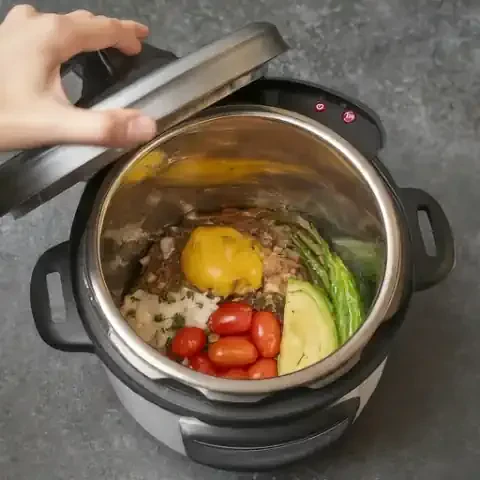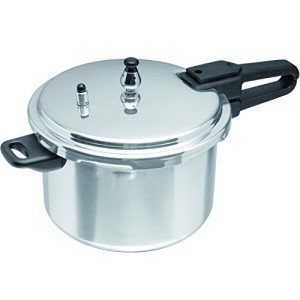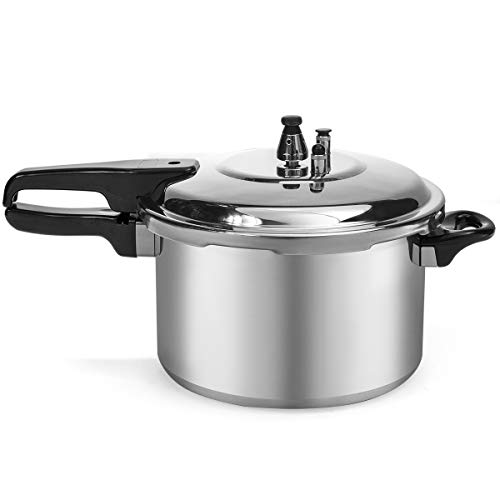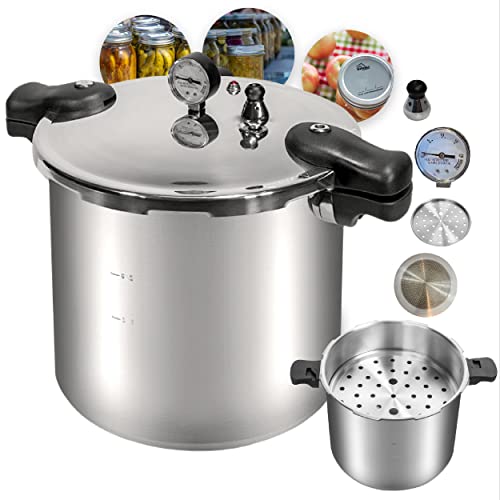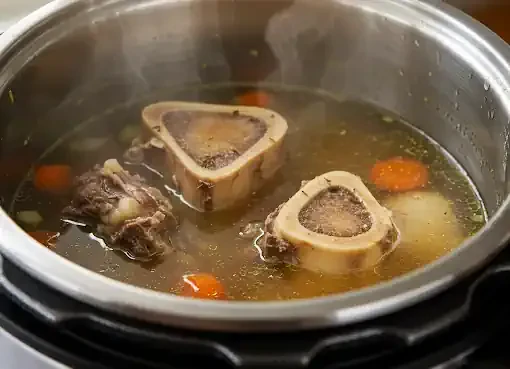For those new to the world of pressure cooking, it can seem a bit daunting. However, with the right guidance, you'll find that pressure cookers are simple to use and incredibly efficient. This beginner’s guide will walk you through the basics of using a pressure cooker, ensuring a safe and enjoyable cooking experience.
Understanding Pressure Cookers:
A pressure cooker is a sealed pot with a valve to control the steam pressure inside. As the pot heats up, the liquid inside forms steam, which raises the pressure in the pot. This high pressure helps food cook faster.
Types of Pressure Cookers:
Stovetop Pressure Cookers: Require manual heat adjustment.
Electric Pressure Cookers: Have automatic heat and pressure settings.
Getting Started:
Read the Manual: Always start by reading the user manual of your specific model.
Inspect the Cooker: Check the rubber gasket (sealing ring) for cracks or wear.
Understand the Parts: Familiarize yourself with the pressure release valves and the locking lid.
Basic Steps for Pressure Cooking:
Add Ingredients: Place your ingredients and liquid (water, broth, etc.) in the cooker.
Seal the Lid: Close the lid and ensure it’s locked in place.
Set the Pressure: On stovetop models, you’ll set this manually. Electric models have preset options.
Start Cooking: Turn on the heat. Once pressure builds, a regulator will indicate it's time to reduce heat.
Release Pressure: After cooking, release the pressure either naturally or quickly, depending on the recipe.
Safety Tips:
Never overfill the cooker (no more than two-thirds full).
Ensure the vent pipe isn’t blocked before use.
Never open the pressure cooker until all steam has been released and it’s safe to open.
Advantages of Pressure Cooking:
Time-Efficient: Cooks food up to 70% faster than traditional methods.
Energy Efficient: Uses less energy due to shorter cooking times.
Healthier Meals: Retains more nutrients in food.
Versatility: Can be used for a wide range of dishes, from stews to desserts.
Simple Recipes for Beginners:
Chicken Soup: Chicken, vegetables, broth, and seasonings cooked under high pressure for 15 minutes.
Beef Stew: Beef, potatoes, carrots, onions, and beef broth cooked for 20 minutes.
Rice: Equal parts water and rice, cooked under high pressure for 5 minutes.
Cleaning and Maintenance:
Release all pressure and let the cooker cool down before cleaning.
Wash the pot, lid, and rubber gasket with soapy water.
Regularly check and replace the rubber gasket as needed.
Troubleshooting Common Issues:
Leaking Steam: Ensure the lid is sealed correctly.
Undercooked Food: Make sure you’re using enough liquid and the lid is properly sealed.
Pressure cooking can be a rewarding and efficient way to prepare meals. As a beginner, start with simple recipes and get to know your pressure cooker’s features and quirks. Remember, practice makes perfect. Over time, you’ll gain confidence and can start experimenting with more complex dishes. The key is to understand the basics, follow safety guidelines, and have fun with the process.
Pressure cookers offer a quick, healthy, and versatile method of cooking that aligns well with the fast-paced lifestyle of today. Whether you’re a busy professional, a student, or simply someone looking to simplify your meal prep, pressure cooking is an excellent skill to acquire. Happy cooking!
